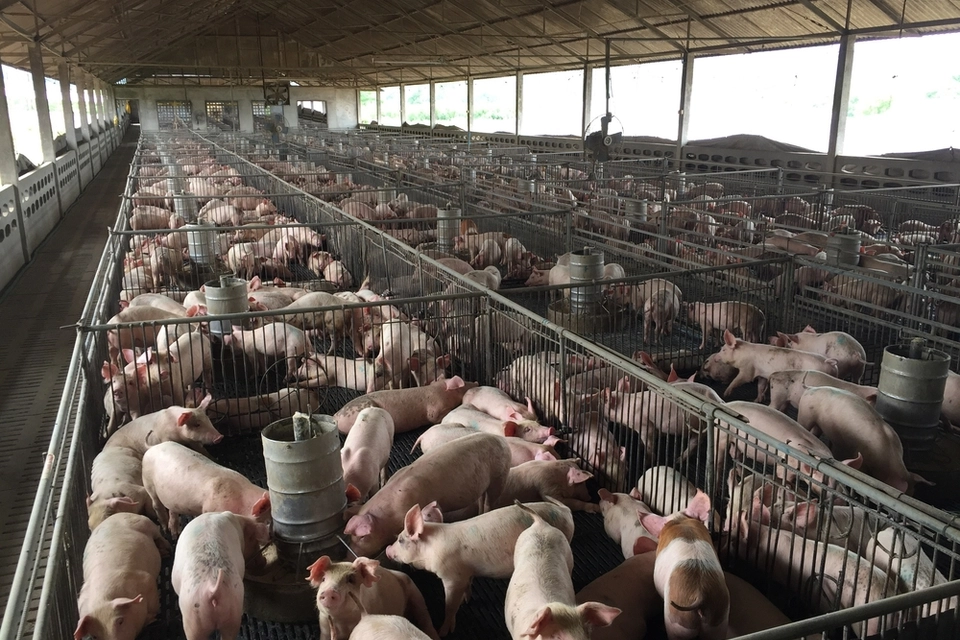Attacks like this show a complete disregard for civilian life and resources.
Others are reading now
Attacks like this show a complete disregard for civilian life and resources.
Attacks on a pig farm
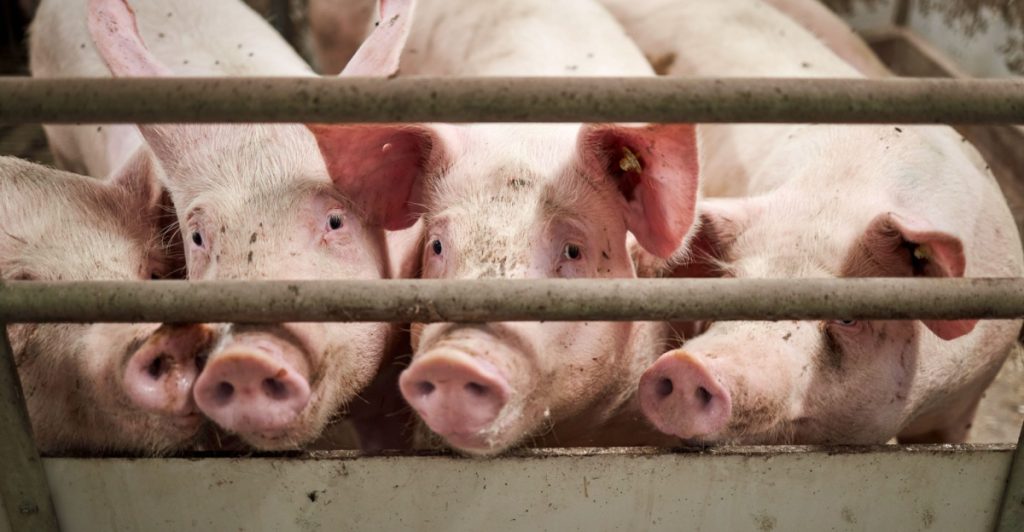
A Russian drone strike hit a pig farm in Ukraine’s Kharkiv region, killing around 13,000 pigs.
“Russian drones have carried out several attacks on a pig farm,” said Major Jānis Slaidiņš of the Latvian National Armed Forces.
The scale of the attack and its apparent lack of military value have raised serious questions.
Only 10% of animals survived
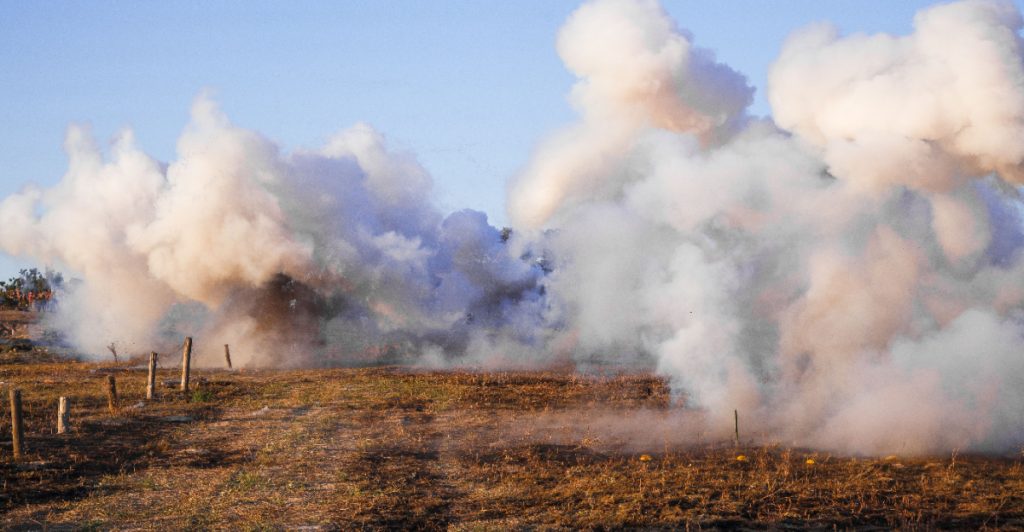
The attack was no accident.
Also read
Slaidiņš confirmed it was a planned strike involving 20 Shahed drones launched in two waves.
The result was devastating: eight buildings destroyed and nearly all animals killed.
“I don’t know what intel they had, did they think it was a military site? Can’t they tell pigs from soldiers?” he asked.
“Pigs shooting at pigs!”
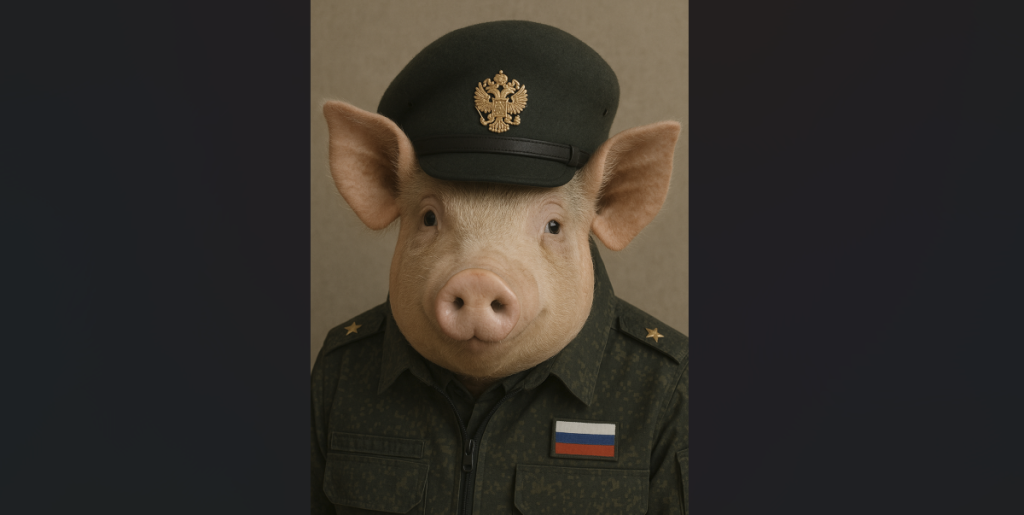
The absurdity of the incident led Major Slaidiņš to laugh bitterly, saying, “Pigs shooting at pigs!”
The attack quickly became a dark punchline in discussions about Russia’s increasingly erratic use of drones.
Also read
But behind the irony lies a grim truth: attacks like this show a complete disregard for civilian life and resources.
Russia expands use of drone “motherships”
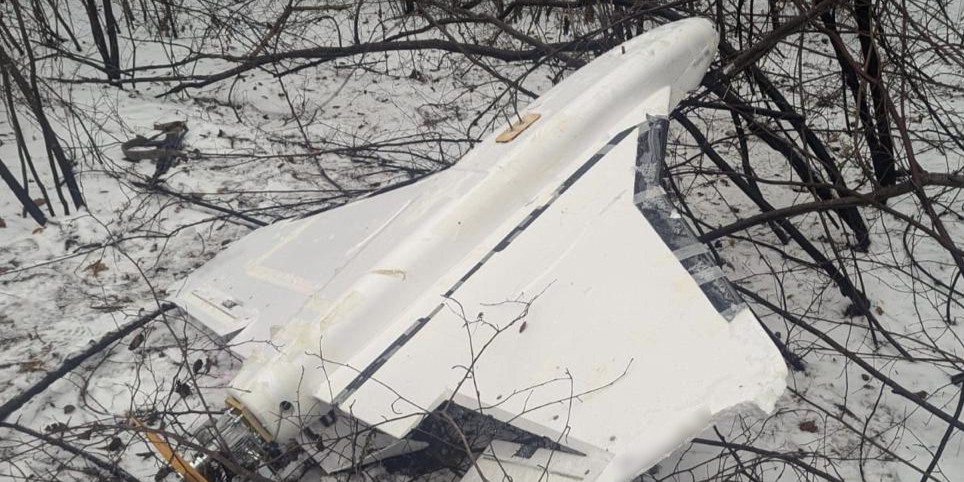
Beyond the pig farm incident, Slaidiņš highlighted Russia’s evolving drone strategy.
He noted that more FPV drones are being launched from larger carrier drones, often called “motherships.”
This tactic is becoming more common and allows Russia to strike deeper behind Ukrainian lines.
FPV drones are cheap but deadly accurate
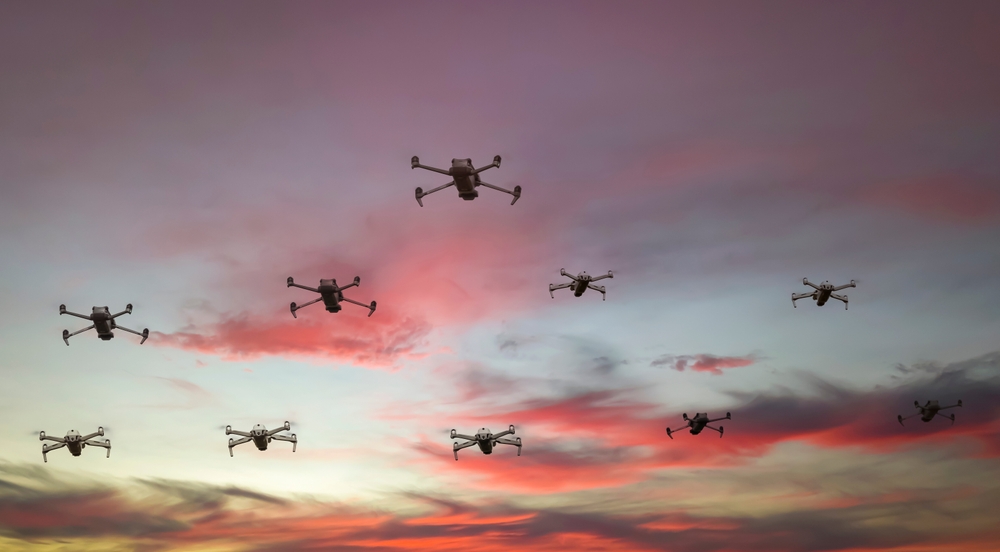
These FPV drones are highly precise and relatively inexpensive, making them ideal for Russia’s large-scale operations.
Also read
“The cost is laughable compared to the damage they can do,” said Slaidiņš.
This cost-efficiency gives them a serious tactical advantage, especially when deployed in large numbers.
Long-range FPV strikes are still a challenge
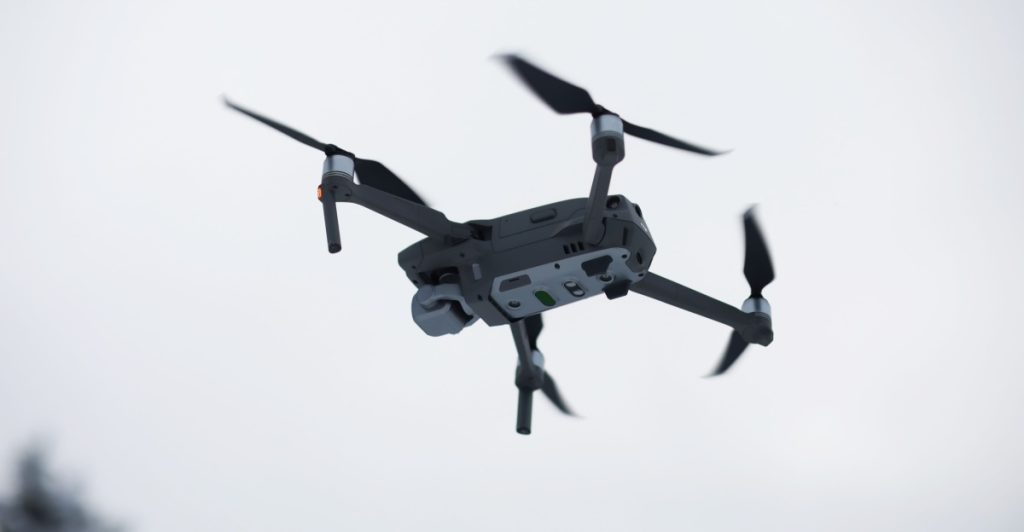
Despite their strengths, FPV drones have a major limitation — their battery capacity.
A 7-inch FPV drone can only carry a payload of 1.5 to 2 kg and needs a powerful battery to cover long distances, such as 20 kilometres or more.
Maintaining signal control over such distances is another technical hurdle.
Also read
“Mothership” drones solve range and control issues
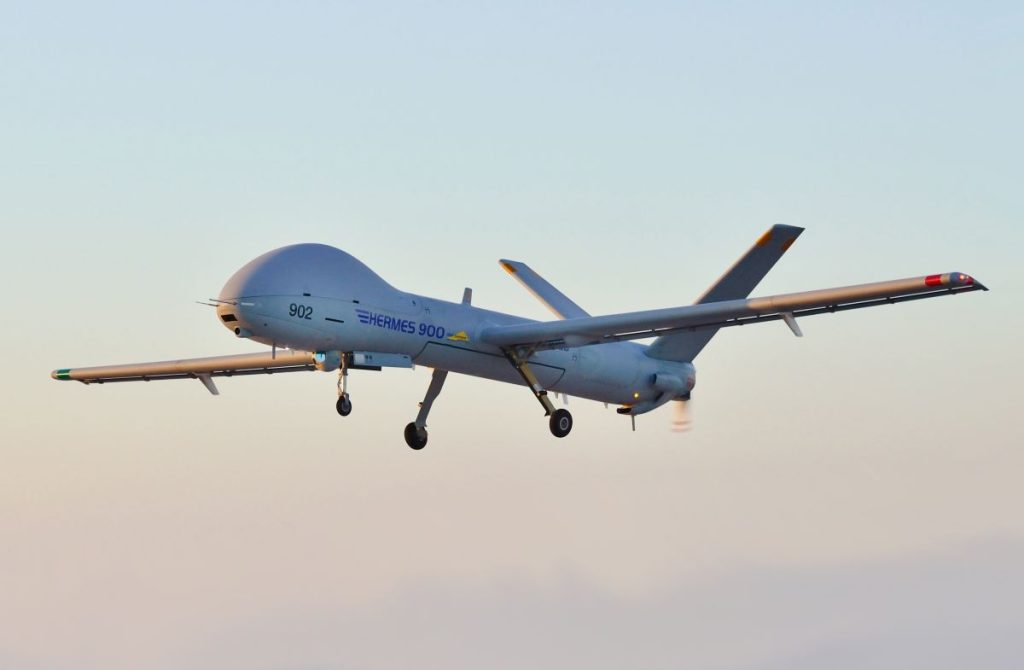
Slaidiņš explained that mothership drones play a crucial role by transporting FPV drones close to the target area.
Once dropped, the small drone can focus entirely on navigation and attack.
The mothership also acts as a relay, helping maintain the connection between the FPV drone and its operator, even deep inside Ukrainian territory.
Drone warfare is evolving fast
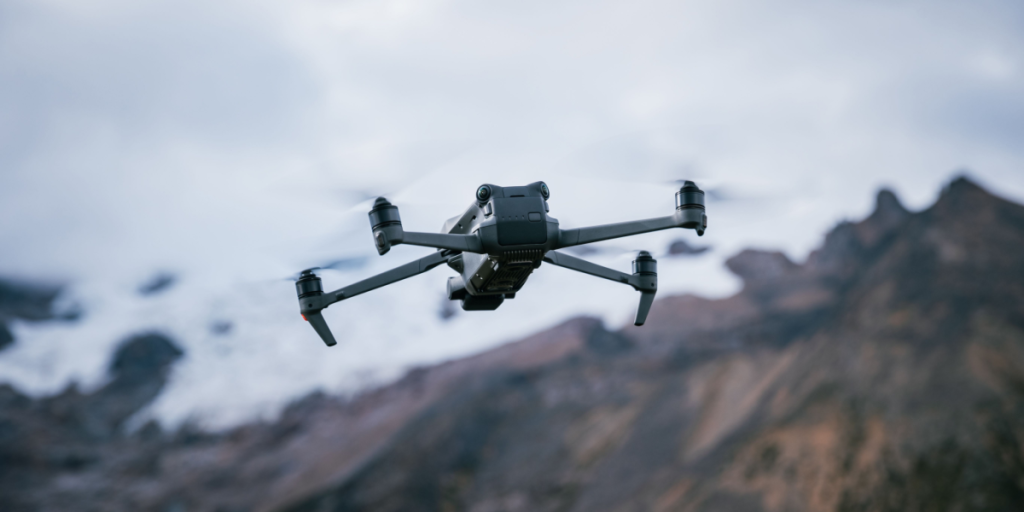
“These ‘mothership drones’ will only become more common. They will evolve,” Slaidiņš concluded.
The use of drone pairs, a carrier and a killer, is changing how strikes are carried out.
Also read
With improved communication and deeper reach, Russia is refining a strategy that may pose even greater threats in the months ahead.

